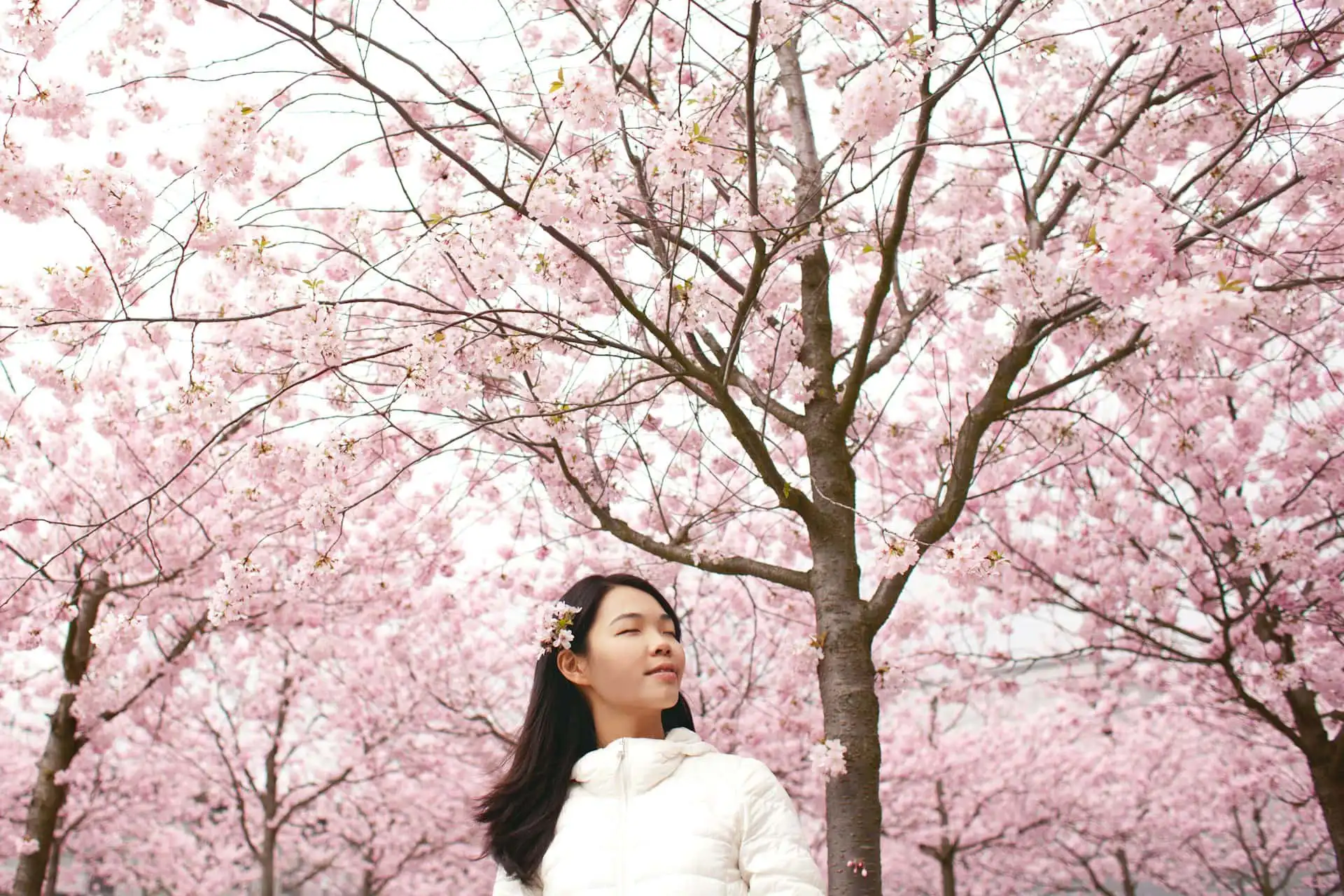Japan has one of the highest life expectancies in the world, and its healthcare system plays a vital role in promoting longevity. Japanese medicine is deeply intertwined with cultural values, emphasizing preventive care, healthy lifestyle choices, and a balanced diet. These factors have contributed to the country’s remarkable longevity rates. However, modern healthcare challenges are emerging as the population ages. This article explores the characteristics of Japanese medicine, how lifestyle changes have extended life expectancy, and the hurdles the country’s healthcare system faces today.
1. Preventive Care and Lifestyle
One of the key characteristics of Japanese medicine is its focus on preventive care. From a young age, Japanese people are encouraged to maintain healthy habits such as regular physical activity, balanced nutrition, and routine medical checkups. The traditional Japanese diet, rich in fish, vegetables, and fermented foods, has long been credited with promoting health and preventing chronic diseases like heart disease and diabetes. Low obesity rates and high consumption of green tea, which is packed with antioxidants, are additional lifestyle factors contributing to longevity.
Moreover, Japan’s healthcare system emphasizes early detection and prevention of diseases. The government mandates annual health checkups, known as kenshin, for all citizens, helping detect potential health problems before they become serious. This proactive approach reduces the strain on healthcare services and supports the overall health of the population.







2. The Role of Traditional Medicine
Japan also integrates traditional medicine, known as Kampo, with modern medical practices. Kampo uses herbal remedies and is based on ancient Chinese medicine, focusing on balancing the body’s energy (Qi) and treating the root cause of illnesses. While Western medicine is prevalent in Japan, Kampo is commonly used alongside conventional treatments, offering a holistic approach to healthcare.
3. Modern Healthcare Challenges
Despite Japan’s success in promoting longevity, the country faces significant healthcare challenges. The aging population is growing rapidly, with nearly 30% of citizens over the age of 65. This has led to increased demand for healthcare services, long-term care, and rising healthcare costs. Japan must balance its commitment to preventive care with managing chronic conditions common in older adults.




Additionally, Japan faces a shortage of healthcare workers, particularly in rural areas, and must address how to sustainably fund its universal healthcare system as demand rises.
Conclusion
The characteristics of Japanese medicine—rooted in preventive care, traditional practices, and healthy lifestyle choices—have been key to the nation’s exceptional longevity. However, Japan’s healthcare system must adapt to the challenges of an aging population and the financial strain on its medical infrastructure. Balancing the benefits of preventive medicine with the realities of modern healthcare demands will be critical for the country’s future.



















